Search the Special Collections and Archives Portal
Search Results
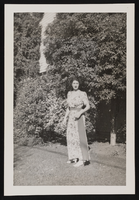
Nanelia Doughty standing outside: photographic print
Date
1944
Description
From the Nan Doughty Photograph Collection (PH-00240)
Image
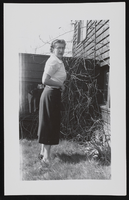
Outdoor photograph of Nanelia Doughty: photographic print
Date
1955
Description
From the Nan Doughty Photograph Collection (PH-00240)
Image
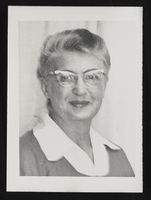
Nanelia Doughty: photographic print
Date
1960-06
Description
From the Nan Doughty Photograph Collection (PH-00240)
Image
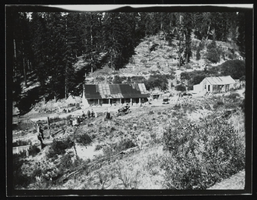
Buildings, Liberty, Washington: photographic print
Date
1918
Description
From the Nan Doughty Photograph Collection (PH-00240)
Image
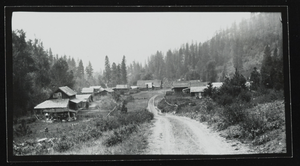
View of Liberty, Washington: photographic print
Date
1918
Description
From the Nan Doughty Photograph Collection (PH-00240)
Image

Landscape of Seattle, Washington area: photographic print
Date
1953-08
Description
From the Nan Doughty Photograph Collection (PH-00240)
Image
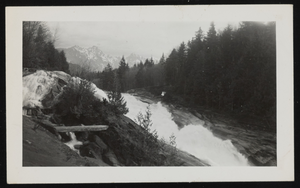
View of Olympic Peninsula, Washington: photographic print
Date
1944
Description
From the Nan Doughty Photograph Collection (PH-00240)
Image
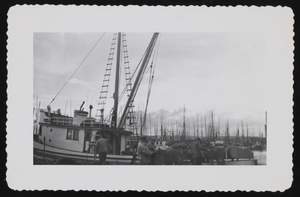
Ship dock on the Olympic Peninsula, Washington: photographic print
Date
1944
Description
From the Nan Doughty Photograph Collection (PH-00240)
Image
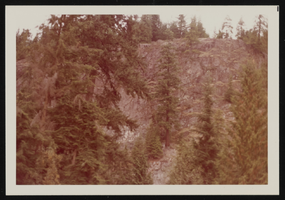
Granite Falls, Washington: photographic print
Date
1977
Description
From the Nan Doughty Photograph Collection (PH-00240)
Image
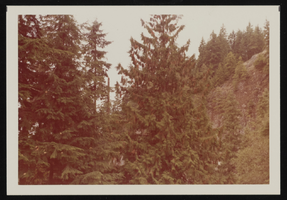
Granite Falls, Washington: photographic print
Date
1977
Description
From the Nan Doughty Photograph Collection (PH-00240)
Image
Pagination
Refine my results
Content Type
Creator or Contributor
Subject
Archival Collection
Digital Project
Resource Type
Year
Material Type
Place
Language
Records Classification
